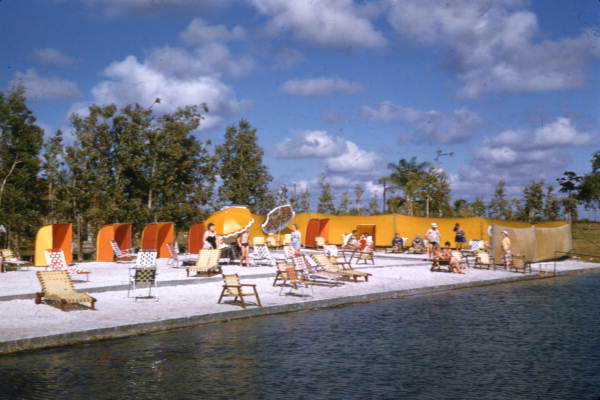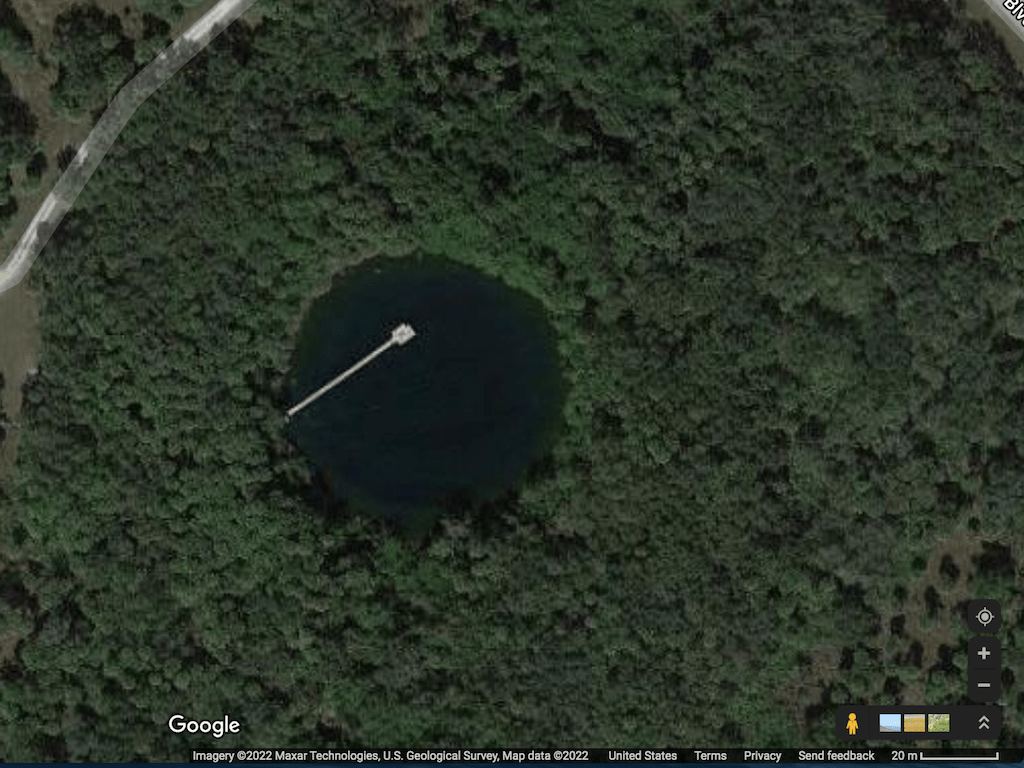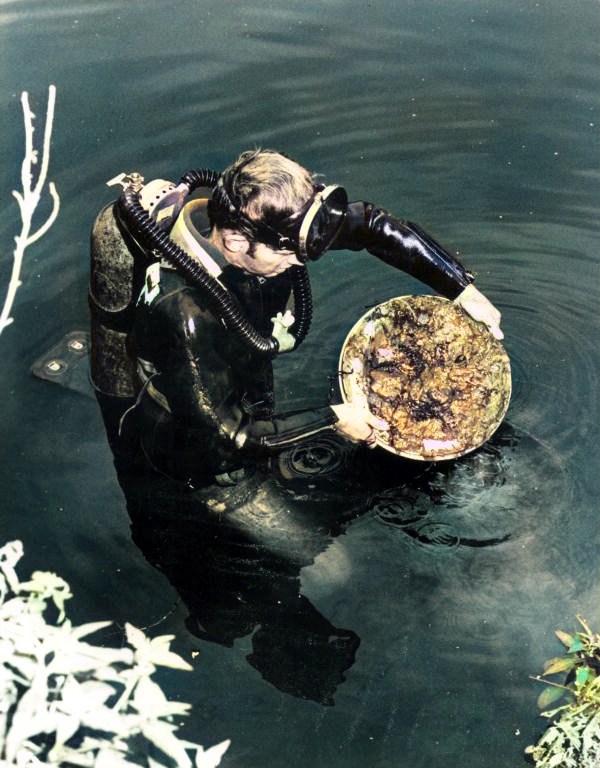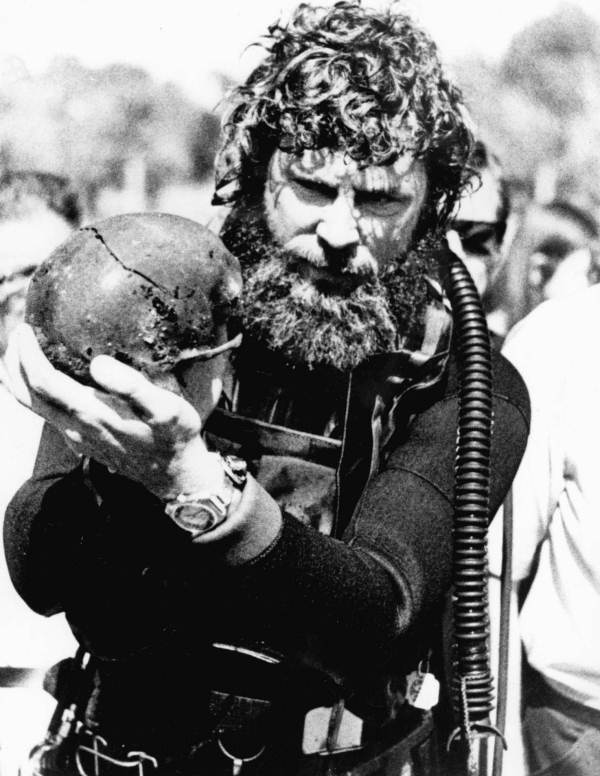Hot Springs in Florida
I have a goal to visit as many of Florida’s springs as possible. As part of my goal, I visited Florida’s only public hot spring, and I did extensive research on the others. Here is what I found.
Most springs in Florida have cold water — approximately 68-72 degrees Fahrenheit, year-round. Three warm springs are thermally heated from the earth’s hot inner core, deep within the earth.
The three hot springs in Florida are a geological rarity. They are different than most hot springs around the world because they have much lower water temperatures, due to differences in the geothermal heat source and other geological factors.
Note: Geologists debate the exact definition of “hot spring”, but generally refer to Florida’s springs “Warm“, as opposed to “Hot“.
Most hot springs around the world exist in volcanically active areas. Spring water is heated to extreme temperatures when ground water is heated by underground magma, which is molten volcanic lava, found underground. These hot springs can can reach very high temperatures.
Florida’s hot springs are different than most. Florida is not volcanically active, so there is no magma to heat the groundwater. Rather, the water is heated by hot rock, deep underground, where it receives heat from Earth’s core, and intense pressure.
Because of this difference, Florida’s hot springs are only “warm” — approximately 87 degrees Fahrenheit.
Again, I must emphasize, hot springs in Florida are not as hot as springs found near active volcanic regions, do not be disappointed!
Water issuing from a hot spring is heated geothermally, that is, with heat produced from the Earth’s mantle. This takes place in two ways. In areas of high volcanic activity, magma (molten rock) may be present at shallow depths in the Earth’s crust. Groundwater is heated by these shallow magma bodies and rises to the surface to emerge at a hot spring. However, even in areas that do not experience volcanic activity, the temperature of rocks within the earth increases with depth. The rate of temperature increase with depth is known as the geothermal gradient. If water percolates deeply enough into the crust, it will be heated as it comes into contact with hot rock.
Macdonald, Gordon A.; Abbott, Agatin T.; Peterson, Frank L. (1983). Volcanoes in the sea : the geology of Hawaii (2nd ed.). Honolulu: University of Hawaii
List of Natural Warm Springs in Florida
This map shows all of the known hot springs in Florida, including:
Note: Of the three hot springs in Florida, Warm Mineral Springs is the only spring accessible to the public.
Warm Mineral Spring
Warm Mineral Spring is the only hot spring in Florida that’s open to the public. In the past it has had different names:
- Warm Salt Spring
- Salt Spring
- Big Salt Spring
Although it is designated as a hot spring, that name is a bit of an exaggeration in terms of visitor experience.
The waters of Warm Mineral Springs are approximately 85-87 degrees Fahrenheit at the water surface.
But, 200 feet underwater, at the spring vent, genuinely hot water flows from deep within the Earth. This water temperature is approximately 97 degrees Fahrenheit, or 36 degrees Celsius. The exact temperature varies depending on rain conditions and water flow rates.

Warm Mineral Springs is an incredible place, and I personally love visiting. People travel from all over the world to soak in its warm mineral waters.
Warm Mineral Spring also has a fascinating historical significance, which I love. The spring has been used for thousands of years by Native Americans.
Amazing archaeological finds, like prehistoric animals, and even human remains, have been found deep inside the cavern and spring.
There is speculation that Spanish conquistador Juan Ponce de León may have been fatally wounded while searching for the Warm Mineral Spring site. He died from his injuries after being shot by a Native American’s poison-tipped arrow.
For more information, check out our guide to Warm Mineral Springs.
Little Salt Spring
Little Salt Spring is one of only three known hot springs in Florida, and one of only two hot springs located on Florida’s mainland. I would love to visit this spring some day, but have not yet, due to its private access.
Like Warm Mineral Spring, Little Salt Spring is an important and fascinating archeological site.

There has been controversy over ownership in recent years. At the time of this publication Little Sale Spring is owned and managed by the University of Miami.
I think that Little Salt Spring a fascinating spring. It has been the site of amazing historical treasure finds, including rare human remains from the last ice age.
Incredibly, some of the remains contained ancient human brain matter, scalp and hair, in-tact!
This amazing preservation is possible because of the extremely low levels of oxygen in the water. The lack of oxygen makes it impossible for bacteria to grow, which helps prevent deterioration.

Because of its historical, archeological and geological significance Little Salt Spring is managed as a private research site. It is not open to the public.

Hot Mud Hole Spring
Hot Mud Spring is an amazing Florida hot spring. But, unless you’re a scientist, fisherman or a scuba diver, it’s not accessible.
Like Warm Mineral Spring, this hot spring is deep under the ocean. It’s miles offshore on the bottom of the Gulf of Mexico.
Mud Hole Spring is one of approximately six known geothermal springs in Florida’s coastal waters.
Like Warm Mineral Spring, Hot Mud Spring is hot because the spring system runs deep enough to be warmed by the Earth’s hot core. And like Warm Mineral Spring, the underwater vent discharges hot spring water (97F) that’s unusually rich with nutrients and minerals.
Mud Hole Spring may receive research attention in coming years because scientists have begun studying other blue holes in Florida.
Fishing and Scuba Diving
Mud Hole Spring is home to large fish, sharks, turtles and other sea life because of its high nutrient content, making it an important part of the food chain.
The warm temperature and rich concentration of nutrients, minerals and microscopic life supports a thriving submarine ecosystem. It’s an important grazing and foraging area for loggerhead sea turtles.
Mud Hole Spring’s abundance of sea life makes it a popular destination for scientists, scuba divers and surface fishermen.
Mud Hole Location
Latitude 2615’48″N longitude 8201’06″W
The submarine hot spring vent is approximately 18.5 KM south of Sanibel Island Lighthouse.
What causes spring water temperature?
Florida Spring temperatures depend on a few factors:
- Latitude
- Ground Temperature
- Depth underground
- Geothermal hydrogeology
- Recent rain conditions
Latitude
Spring water temperature is a few degrees warmer in south Florida, and a few degrees cooler in north Florida.
The sun’s power is greatest at the equator. Land close to the equator absorbs more of the sun’s heat and energy, which makes the ground warmer. Spring water is stored underground, so it takes on the temperature of the ground.
The temperature of most Florida Springs is between 66 F and 97 F. That’s a big range, but most are on the cooler side. North Florida spring temperatures stay around 70 degrees. Central Florida spring water is about 75 degrees.
Temperature and Depth
If a spring system is deep enough it can be warmed by heat from the Earth’s inner core, creating a geothermal hot spring.
Spring-water temperatures range from 66 to 97 °F. The temperature of spring water in north Florida averages about 70 °F and about 75 °F in central Florida. Higher water temperatures in some Florida springs indicate that the water originates from deeper parts of the Floridan aquifer system. For example, the temperature of water discharging from Mud Hole Spring, a submarine spring located off the southwest coast of Florida, is about 97 °F.
Source: “Underground Florida: A Field trip Guidebook of the West Central Florida karst” published by the University of South Florida Scholar Commons
Non-Warm Springs in Florida
Florida has many hundreds of springs around the state, but few are warm springs.
With only a few exceptions, all springs in Florida remain 68-72 degrees Fahrenheit year-round. Here are some of the best springs in Florida, worthy of exploration.
Alexander Springs
Ichetucknee Springs State Park
Blue Hole Spring
Ginnie Springs
Blue Springs State Park
Devil’s Den Spring
Kelly Park/Rock Springs
Morrison Springs
Rainbow Springs
Weeki Wachee Springs
Crystal River Springs
Three Sisters Springs
Springs Near Orlando
Additional Sources
American Association of Petroleum Geologists
American Water Resources Association
Gulf Coast Association of Geological Societies
“Springs of Florida” publication by the University of Florida

This was very helpful, thank you. We ended up visiting Warm Mineral Springs and had a great time. It was more crowded than I would have expected. Thanks again
This is fascinating thank you. We will visit warm mineral springs.